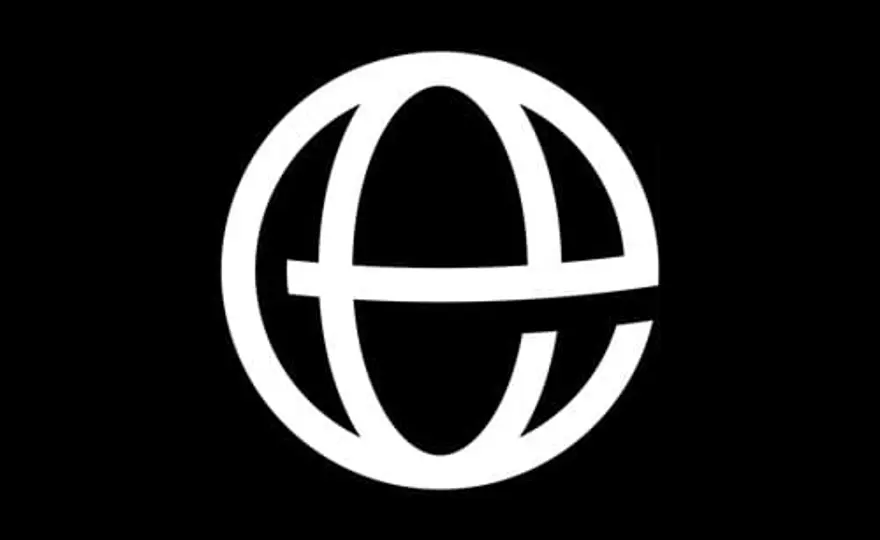ClientEarth Communications
1st January 0001


Three years ago, the Swedish Government challenged the EU Commission’s decision to grant a company authorisation to use cancer-causing lead chromates in paint pigments. The use of these toxic paint components has been abandoned for decades in many EU countries, making it obvious that safer substances are both available and commercially viable.
On 7 March 2019, the European Court of Justice ruled in favour of the Swedish Government, revoking the authorisation and deeming it illegal. For the first time, the court looked at the legality of an authorisation and more specifically on how to assess the availability of safer alternatives.
Even if the ruling doesn’t provide an answer to all problems connected with European chemicals legislation, it does carve out a few lessons to be learned. For this reason, ChemSec and ClientEarth joined forces in a new report that aims to analyse the judgement and translate it into concrete actions for the future.
“This judgement should be a turning point for how alternatives are analysed in the authorisation process. With our report, we want to give our analysis of it and highlight what needs to be done to change the process”, says Alice Bernard, Chemicals Lawyer at ClientEarth.
First and foremost, the ruling makes it clear that changes in the working procedure are absolutely necessary. It also serves as a useful reminder to both public authorities and companies about how the authorisation system is supposed to work.
The court decision emphasizes that the responsibility to take authorisation decisions lies on the EU Commission, and that the Commission has the right to depart from the opinion of ECHA’s socioeconomic assessment committee (SEAC) if it’s not satisfactory.
So, when the evidence put forward by the applying company regarding the lack of suitable alternatives is not satisfactory, SEAC must simply conclude that the applicant failed to show with certainty that there are no alternatives available. It isn’t sufficient to clarify uncertainties in a review report later on.
“The Court also underlined the fact that the burden to prove that safer alternatives do not exist lies entirely on the applicant. It made it clear that neither ECHA, the Commission or other actors involved are obliged to prove that safer alternatives are available for an authorisation to be rejected”, comments Frida Hök, Senior Policy Advisor at ChemSec.
ECHA, SEAC and the applicants have several tools at their disposal for their work on authorisation in general and the analysis of alternatives in particular. In light of the findings from the court ruling, it’s clear that these tools need to be updated.
Recommendations for the improvement of these tools and the full analysis from ChemSec and ClientEarth are found in the full report. Read it here.
NB : The EU Commission has filed an appeal regarding the judgement to the European Court of Justice. However, exactly what elements it has appealed have not been confirmed.